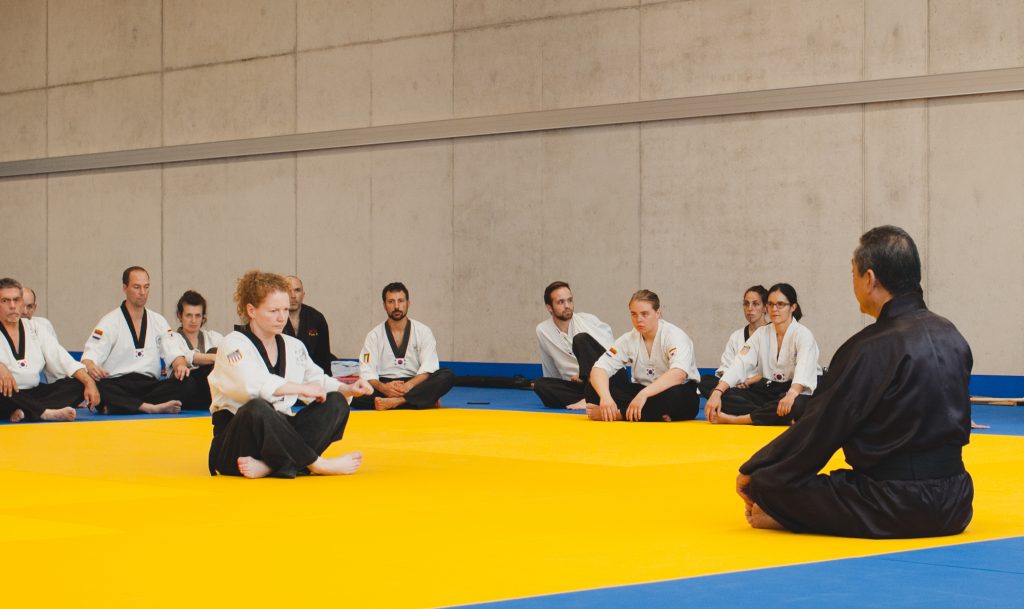Hwa Rang Do History
Hwa Rang Do® is a traditional Korean Martial and Healing art that dates back to the Three Kingdoms Period in Korean History when the Ancient Hwarang warriors of the Silla Kingdom unified the Korean Peninsula for the first time in its history. Hwarang is translated as “Flowering Man” or in this case “Knights” in English. So, Hwa Rang Do® means the “Way of the Flowering Knights.”
The Hwarang were young men or rather teenagers ranging from 13 to 16 years old who were selected from the noble families of Silla. The Silla Kingdom was founded on the principles of Buddhism and it’s aspirations for maximizing the human potential, seeking beauty, and harmony with nature extended to all areas of civil and national pursuits. The goal was to create the best examples of Buddhist ideals for its people. The first attempt was made with an all female group called the “Wonhwa”. However, two of the leaders became jealous of each other and one killed the other. Disillusioned with the all-female group, the King immediately disbanded the “Wonhwa”. However, the desire to create the best that the country could offer still remained.
During King Chinhung’s reign, he created an all-male group called the “Hwarang”. First, he commissioned the then famous Buddhist Priest, Won Kwang Bopsa to create the moral foundation for these young warriors and the Hwarang O Kae (5 Code of Ethics) was born.
- Sa Kun E Chung - Loyalty to One’s King and Country
- Sa Chin E Hyo - Loyalty to One’s Parents and Teachers
- Kyo Oo E Shin - Trust and Brotherhood Among Friends
- Im Jun Moo Twae - Courage Never to Retreat in the Face of the Enemy
- Sal Seng U Tech - Justice Never to Take a Life Without a Cause
They were not taught a particular martial art, as martial art styles are a creation of modern society. They were trained to become the perfect warrior-scholars, the most of what a human being can become. Therefore, the goal was to maximize their human potential in all aspects of the self - mental, physical, emotional, and spiritual. They were taught in all areas of warfare (including but not limited to horsemanship, charioteering, all forms of weaponry, archery, swordsmanship, and hand-to-hand combat), philosophy, literature, and the arts, creating the first stylized form of poetry in Korean history called the Hyang-ga. They were also spiritual leaders, considered as Bodhisattvas who went on spiritual pilgrimages to India and China after their services to the Kingdom as warriors, and then statesmen.
PRINCIPLES OF TRAINING
The Founders Guide to Proper Training
